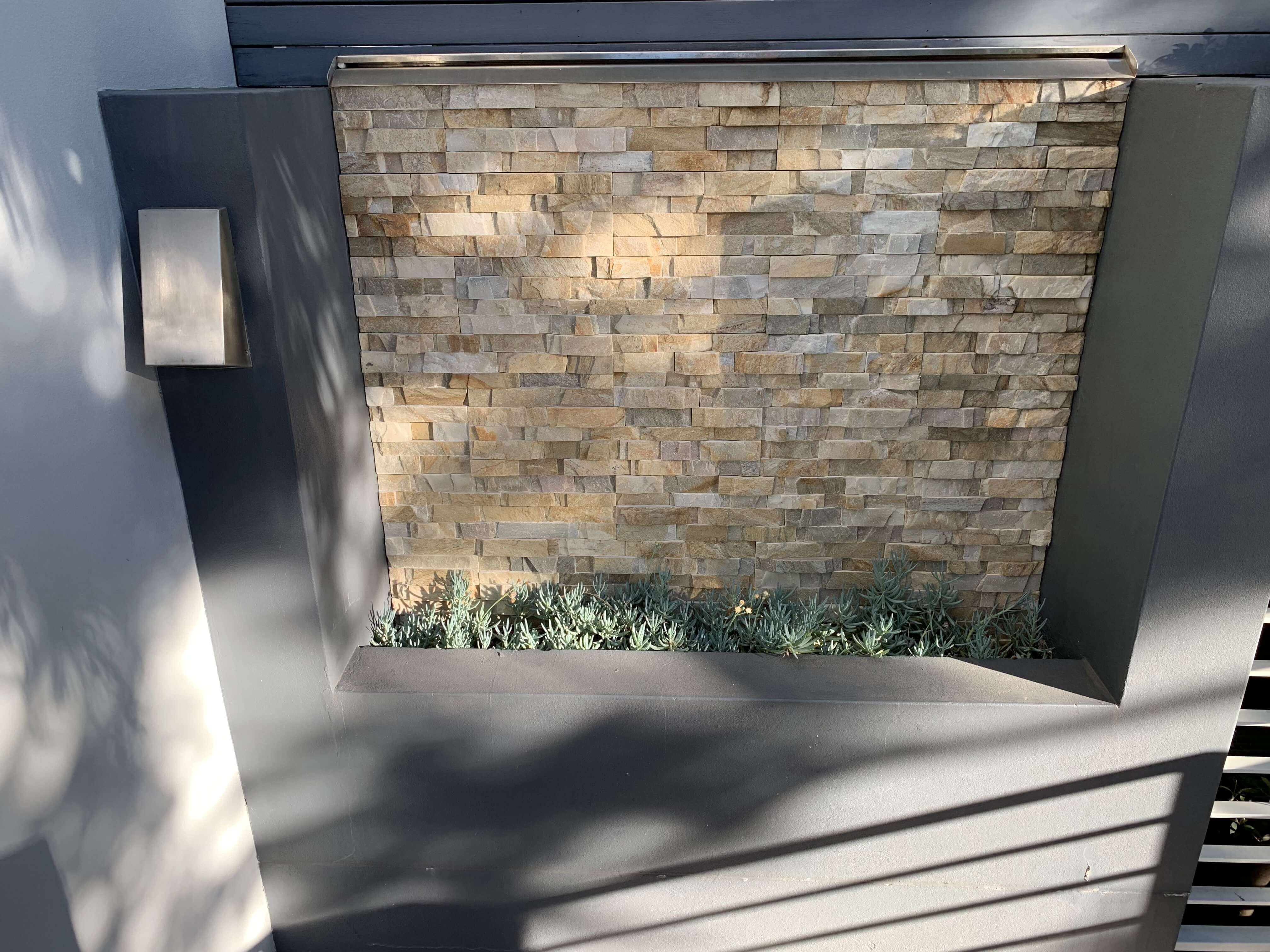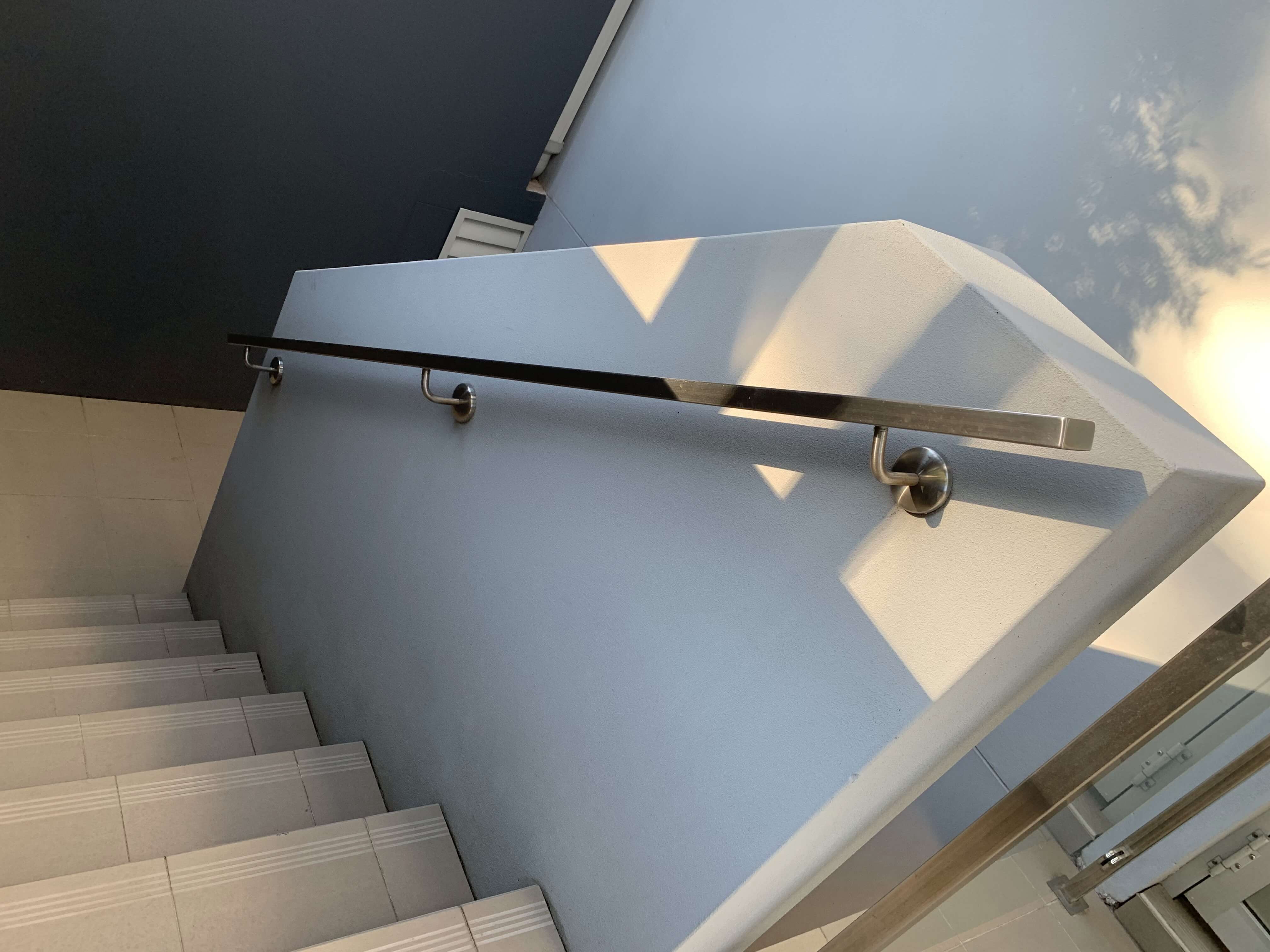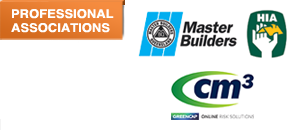At Australia Wide Painters we provide our clients with experienced and licensed personnel for working in a confined space. The Confined space is potentially one of the most dangerous of all workplace hazards. A confined space painting is 150 times more dangerous than doing the same job outside.
Health and safety is our number one priority in all our work in Painters industry.
The AS 2865: 1995 Safe working in a confined space. This Standard was prepared to meet the need for requirements and procedures for the prevention of occupational illness, injuries and fatalities associated with confined space painting.
Industries where work has to be undertaken in a confined space include:
- Chemical industries
- Telecommunications
- Energy industries,
- Underground services
- Railways.
- Food and beverage
- ShipPainters
A confined space is any area that is not intended for human occupancy and that also has the potential for containing a dangerous atmosphere.
A confined space:
- is large enough for a worker can enter and perform work;
- has limited entries and exits;
- may contain a hazardous atmosphere, arising from chemicals, sludge or sewage;
- is constructed so that anyone who enters could be asphyxiated or trapped by walls or floor that converge to a small cross-section, such as hopper;
- contains a material, such as sawdust or grain,
- a tank, vessel, vat, silo, bin vault, cellular double-bottom tanks; Duct keels; Ballast and oil tanks; Void spaces.
If you are an employee
You must not do anything at work that will harm yourself or other people.
If you engage a contractor
You must ensure that the contractor, the contractor’s employees and any subcontractors are not harmed while doing any work (other than residential work) that the contractor was engaged to do.
SECURING A SAFE ATMOSPHERE
Employers should ensure that a competent person assesses the atmospheric contaminants before entry.
RISK ASSESSMENT
The Standard emphasises that the employer must ensure that a risk assessment is undertaken by a competent person before the confined space painting begins. As far as practicable, the assessment should be in writing and take into account at least the following:
- the work required to be done;
- the range of methods by which the work can be safely done;
- the hazards involved and the risks;
- the actual method selected and plant proposed; and
- emergency and rescue procedures.
RESPIRATOR CHOICE
An appropriate respirator should be considered during confined space painting. The decision of what constitutes an appropriate respirator depends on the likely concentration of contaminant and/or oxygen in the confined atmosphere.
PERMIT TO WORK
A permit is essentially a document which sets out the work to be done and the precautions to be taken. Having completed the assessment above, the permit specifies work methods.
ATMOSPHERIC TESTING
The standard emphasises that before a person enters a confined space, testing is carried out to ensure that:
- The employer should ensure that the atmospheric testing is carried out consistent with the risk assessment.
- the confined space contains a safe level of oxygen;
- atmospheric contaminants in the confined space are reduced to a safe level;
- the confined space is free from extremes of temperature;
- the concentration of flammable contaminant in the atmosphere is 0% of the Lower explosive Limit (LEL) if hot work is to be carried out, or 10% if cold work is to be carried out.
A stand-by person should be stationed at the entrance to the confined space to ensure that communication is constantly maintained when the risk assessment indicates that:
- there may not be a safe level of oxygen;
- atmospheric contaminants are present or may be present in concentrations above the safety
- exposure standards;
- there is a risk of fire or explosion;
- there is a risk of entrapment or engulfment; conditions outside the confined space threaten the safety of people inside, e.g. respiratory air supply, vehicles and weather.
Australia Wide Painters Employees and sub-contractors follow strict safety standards in accordance with our Occupational Health and Safety and Environmental Management Procedures. We use a range of Elevated Work platforms and access equipments.
Our Personnel are fully licensed for all the tasks we undertake. All our employees are site safety induced and have induction cards.
Please contact us if you'd like to request additional information, clarification, or and for an estimate Click here regarding this service or any other services Australia Wide Painters offerings.





























